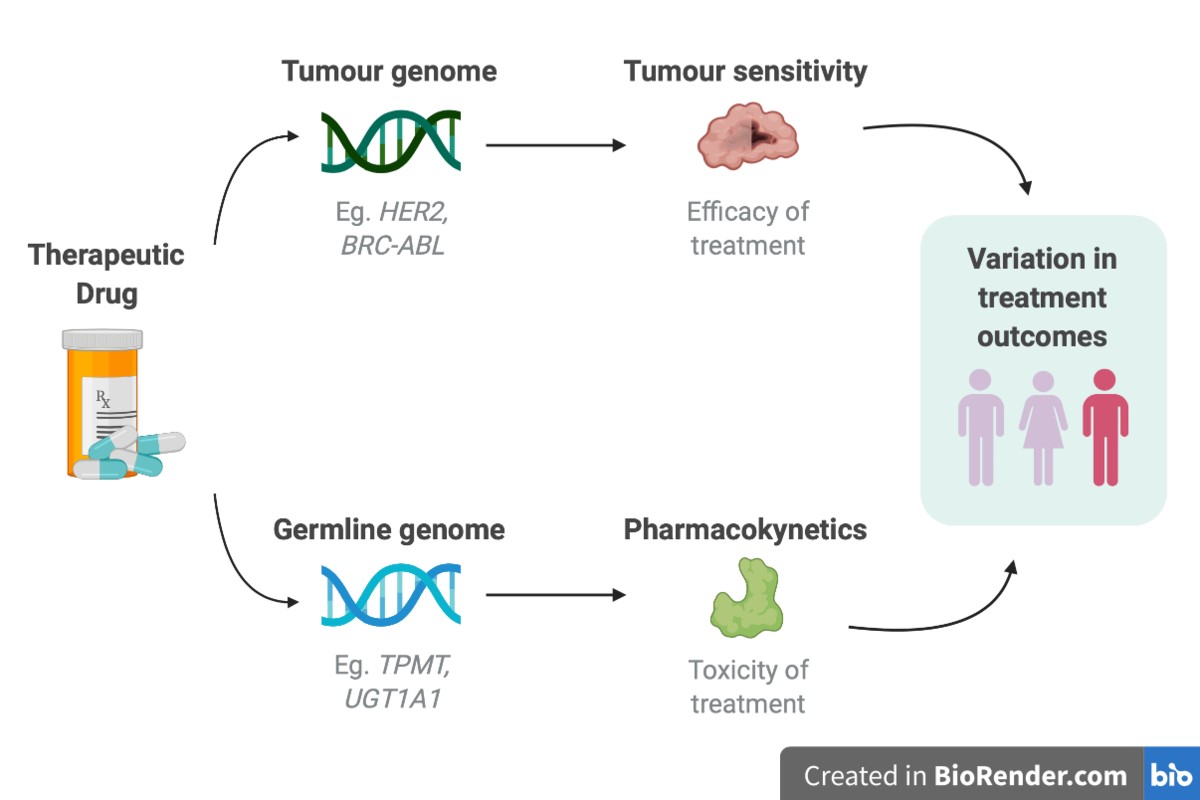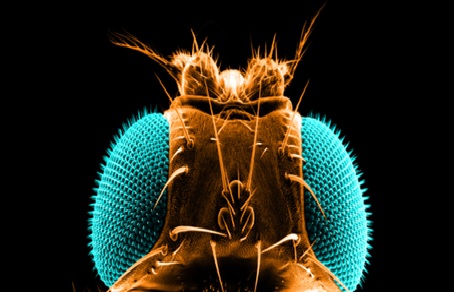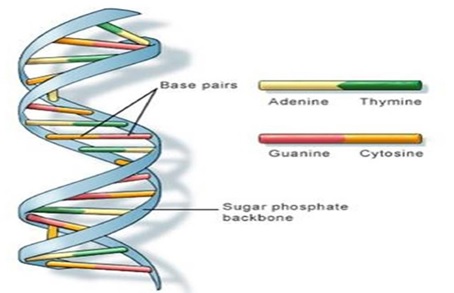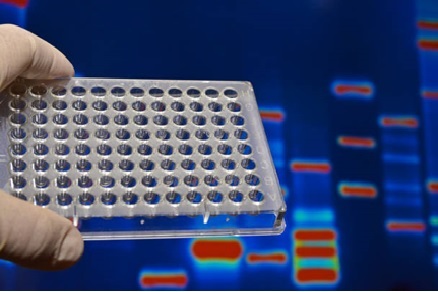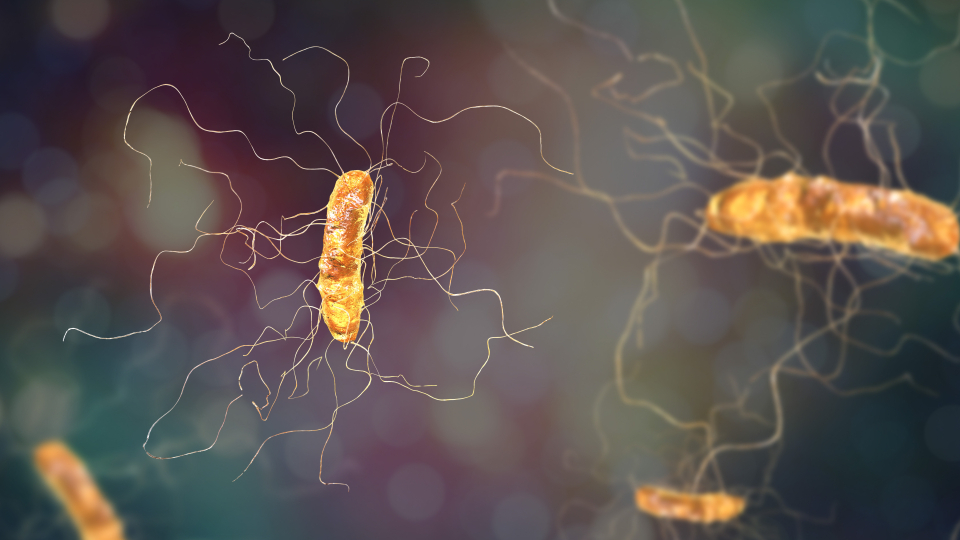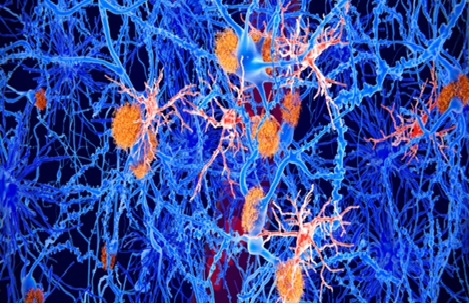The First Published Draught of The Human "Pangenome" Captures DNA Diversity
The initial version of the human "pangenome," which depicts the various DNA variants in our genes, has been made public. With about 120 million base pairs and over 1,000 novel gene mutations, the new release expands upon the existing human reference genome, creating a priceless tool for genetic study in the future.[1]
The Human Genome Project released its initial draught of the human reference genome in 2001. Subsequent updates added more information until it reached its present version, known as GRCh38. A entire human genome wasn't made public until 2022, but even it doesn't fully explain everything.[1]

Figure .1 The First Published Draught of The Human "Pangenome" Captures DNA Diversity
Figure 1 shows A preliminary pass of a pangenome was created using DNA samples from 47 individuals with diverse ancestries. This pangenome, when compared to the current main reference human genome, incorporates an additional 119 million base pairs and introduces 1,115 new gene duplication mutations. These findings highlight the existence of multiple variations and options for specific DNA segments within the human population. The development of a pangenome provides a more comprehensive understanding of genetic diversity, offering a valuable resource for future genomic research and improving our understanding of human genetics.
According to Mobin Asri, co-first author of the study, utilizing the pangenome reference enables more precise identification of structural variants, which are larger genomic variations. Compared to previous methods that rely on linear reference sequences, the pangenome approach allows the detection of variants that would have otherwise gone unnoticed. This highlights the superior capabilities of the pangenome reference in capturing a broader range of genetic variations and enhancing our understanding of genomic diversity. The utilization of the pangenome reference represents a significant advancement in genomic research and has the potential to uncover novel insights into human genetics and its impact on health and disease.
Structural variants, which can span thousands of bases, are known to have important implications in an individual's genes, including their susceptibility to certain diseases. However, accurately identifying these variants has been challenging when relying solely on a single main reference genome. The utilization of the pangenome draft has already proven beneficial, as scientists have been able to more than double the number of identified structural variants compared to the GRCh38 reference genome. This highlights the power of the pangenome approach in uncovering a greater diversity of structural variants and expanding our understanding of their impact on human health and disease. The pangenome draft represents a significant step forward in genomic research and provides valuable insights into the complexity of the human genome.
Indeed, the pangenome draft described in the journal Nature represents just the initial stage of a much larger endeavor. This first draft incorporates genetic information from 47 individuals, but the Human Pangenome Reference Consortium aims to expand the dataset to include data from 350 individuals in the final version, which is anticipated to be released by mid-2024.The publication in Nature not only presents the first draft pangenome but also includes three additional papers that explore the early applications and implications of the generated data. These papers likely delve into various aspects of the pangenome, such as its impact on understanding genetic variation, disease risk assessment, and potential applications in personalized medicine.
This comprehensive effort by the Human Pangenome Reference Consortium signifies a major milestone in genomics research, as it provides a broader and more diverse representation of the human genome. It opens up new possibilities for understanding genetic diversity, unraveling the complexities of human genetics, and advancing various fields of biomedical research.
References:
- https://newatlas.com/biology/human-pangenome-first-draft-published/
Cite this article:
Janani R (2023),The First Published Draught of The Human "Pangenome" Captures DNA Diversity, AnaTechMaz, pp.184






